
- September 15, 2023
- Dennis Frank
- 2
Table of Contents
Blockchain technology has revolutionized the way we view transactions and data verification. At the heart of this technology are consensus mechanisms, which ensure the validity and integrity of blockchain networks. In this article, we will delve into the intricacies of consensus mechanisms and explore the different types that underpin various blockchain systems.
Understanding Consensus Mechanisms in Blockchain
Consensus mechanisms play a vital role in blockchain networks by enabling participants to reach an agreement on the state of the distributed ledger. They ensure that all transactions are legitimate and prevent double-spending, which is a critical aspect in maintaining the integrity of decentralized systems. These mechanisms help establish trust in an environment where multiple parties are involved.
But how exactly do consensus mechanisms work? Let’s dive deeper into their role and significance in the world of blockchain.
The Role of Consensus Mechanisms in Blockchain
Consensus mechanisms serve as the backbone of blockchain networks, allowing participants to agree on the order and validity of transactions. They enable the decentralized nature of blockchains by eliminating the need for a central authority. Instead, they rely on a distributed network of validators or miners to validate and secure transactions. By achieving consensus, these mechanisms ensure that the blockchain remains tamper-proof and resistant to attacks.
One widely known consensus mechanism is Proof of Work (PoW), which is used by Bitcoin. In PoW, miners compete to solve complex mathematical puzzles to validate transactions and add them to the blockchain. This process requires a significant amount of computational power, making it difficult for malicious actors to manipulate the system.
Another popular consensus mechanism is Proof of Stake (PoS), which is used by cryptocurrencies like Ethereum. In PoS, validators are chosen to create new blocks based on the number of coins they hold and are willing to “stake” as collateral. This mechanism reduces the energy consumption associated with PoW and allows for faster transaction confirmations.
Other consensus mechanisms, such as Delegated Proof of Stake (DPoS) and Practical Byzantine Fault Tolerance (PBFT), have also emerged to address specific challenges in different blockchain networks. And yet another consensus mechanism is Proof of Authority (PoA) as discussed here: What is Proof of Authority and How Does it Work
Key Features of Consensus Mechanisms
Consensus mechanisms possess several key features that make them integral to the functioning of blockchain networks. Firstly, they ensure that all participants can agree on the state of the ledger, even in the presence of malicious entities. This is achieved through a combination of cryptographic algorithms and network consensus protocols.
Secondly, consensus mechanisms maintain the chronological order of transactions and prevent any tampering. Each new block added to the blockchain contains a reference to the previous block, creating an immutable chain of transactions. This feature ensures that the entire history of the blockchain can be audited and verified.
Lastly, consensus mechanisms promote decentralization and eliminate the need for intermediaries, allowing for increased transparency and trust. In traditional centralized systems, trust is placed in a single entity or authority. However, in blockchain networks, trust is distributed among the network participants, making it more resilient to attacks and censorship.
It’s important to note that different consensus mechanisms have their own strengths and weaknesses. Some prioritize security and decentralization, while others focus on scalability and energy efficiency. The choice of consensus mechanism depends on the specific requirements and goals of the blockchain network.
In conclusion, consensus mechanisms are the foundation of blockchain networks, ensuring that transactions are validated, recorded, and agreed upon by all participants. They provide the necessary trust and security in a decentralized environment, making blockchain technology a revolutionary innovation with a wide range of applications.
The Evolution of Consensus Mechanisms
Over the years, consensus mechanisms have evolved to address various limitations and challenges. Let’s take a closer look at the historical development of these mechanisms.
Early Consensus Mechanisms
In the early days of blockchain technology, the most prominent consensus mechanism was Proof of Work (PoW). Popularized by Bitcoin, PoW required miners to perform complex mathematical calculations to validate transactions. While effective, PoW demanded substantial computational power and consumed a significant amount of energy.
Modern Developments in Consensus Mechanisms
Recognizing the limitations of PoW, researchers and developers explored alternative consensus mechanisms. One of the most notable outcomes was Proof of Stake (PoS). In a PoS system, participants can mine or validate transactions based on the number of cryptocurrency tokens they hold. PoS offers energy efficiency, scalability, and reduced resource consumption compared to PoW.

Detailed Overview of Different Consensus Mechanisms
Now that we have a basic understanding of consensus mechanisms, let’s dive into some of the most widely used approaches in blockchain networks.
Proof of Work (PoW)
PoW, as mentioned earlier, relies on computational puzzles to validate transactions. Miners compete to solve these puzzles, and the first one to succeed receives the right to add a new block to the blockchain. While PoW is secure, its resource-intensive nature has led to concerns about energy consumption and environmental impact. Nevertheless, it remains a foundational consensus mechanism.
Proof of Stake (PoS)
In a PoS system, validators are selected to create new blocks based on the number of tokens they hold and are willing to “stake” as collateral. The higher the stake, the higher the chances of being selected. Unlike PoW, PoS consumes significantly less energy and offers scalability advantages. However, critics argue that PoS may lead to centralization if token distribution is uneven.
Delegated Proof of Stake (DPoS)
DPoS builds upon the PoS concept by introducing a representative system. Token holders can elect delegates who are responsible for validating transactions and creating new blocks. DPoS excels in scalability and speed, making it an attractive option for applications that require fast transaction processing. However, it sacrifices some decentralization as power is concentrated in the hands of elected delegates.
Byzantine Fault Tolerance (BFT)
BFT consensus mechanisms focus on achieving consensus in the presence of potentially faulty nodes or malicious attacks. These mechanisms utilize redundancy and error-checking algorithms to ensure that transactions are validated correctly. BFT consensus algorithms, such as Practical Byzantine Fault Tolerance (PBFT), are commonly used in private or permissioned blockchain networks.
Federated Byzantine Agreement (FBA)
FBA is a consensus mechanism that allows multiple decentralized organizations to reach an agreement. It relies on a federation of validators who collectively validate and agree on the order of transactions. FBA offers high throughput and efficiency, making it suitable for applications that require rapid transaction confirmation. However, it introduces a dependency on the reliability and trustworthiness of the federation members. For more detailed information, check out Exploring the Different Types of Consensus Mechanisms in Blockchain
Comparing Consensus Mechanisms
Now that we have explored various consensus mechanisms, let’s compare them based on specific aspects.
Efficiency and Scalability Comparison
Efficiency and scalability are critical considerations for blockchain networks. While PoW provides high security, it is often criticized for its energy consumption and sluggish transaction processing. In contrast, PoS and DPoS offer improved energy efficiency and higher transaction throughput. BFT and FBA-based consensus mechanisms prioritize speed and efficiency, making them suitable for enterprise applications.
Security Aspects Comparison
All consensus mechanisms aim to maintain a secure and tamper-proof environment. PoW, known for its robustness, has withstood various attacks since its inception. PoS and DPoS offer security by requiring participants to stake their own tokens, making it economically irrational to engage in malicious behavior. BFT and FBA consensus mechanisms provide security through redundancy and fault tolerance.
Decentralization Level Comparison
Decentralization is a fundamental characteristic of blockchain networks. PoW achieves a high degree of decentralization as anyone can participate in mining. PoS and DPoS maintain decentralization, although concerns have been raised regarding concentration of power. BFT and FBA, while capable of achieving consensus efficiently, introduce a level of centralization due to the reliance on validator groups or federations.
Conclusion
In conclusion, consensus mechanisms form the backbone of blockchain networks, ensuring the trustworthiness and integrity of transactions. From the early days of PoW to the emergence of PoS, DPoS, BFT, and FBA, these mechanisms have evolved to meet the diverse needs of blockchain applications. As the blockchain landscape continues to develop, understanding the nuances of these consensus mechanisms becomes crucial for building efficient, secure, and scalable blockchain systems.
If you like video learning, visit KryptoKraken Videos for more information about cryptocurrency and blockchain!








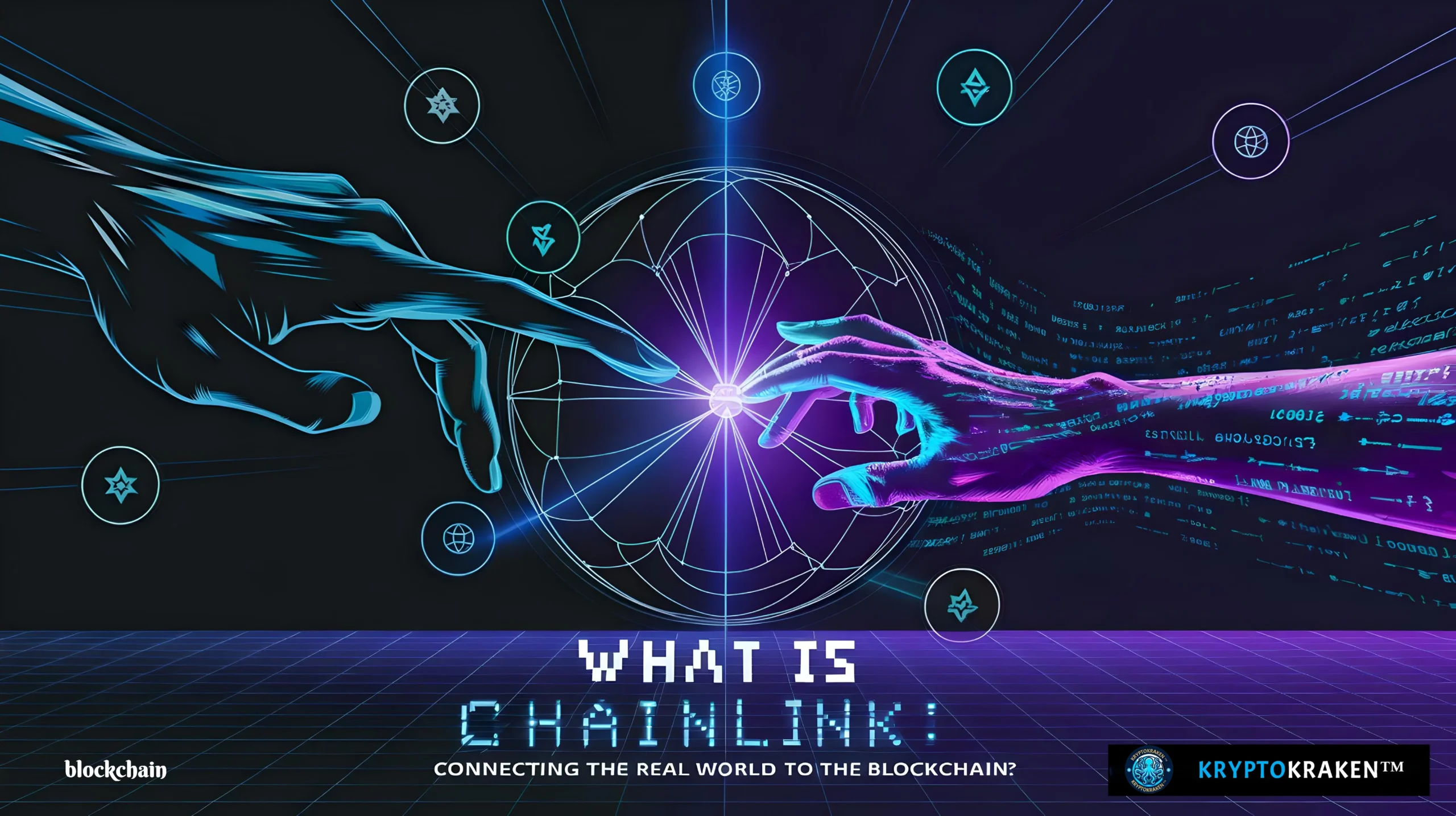








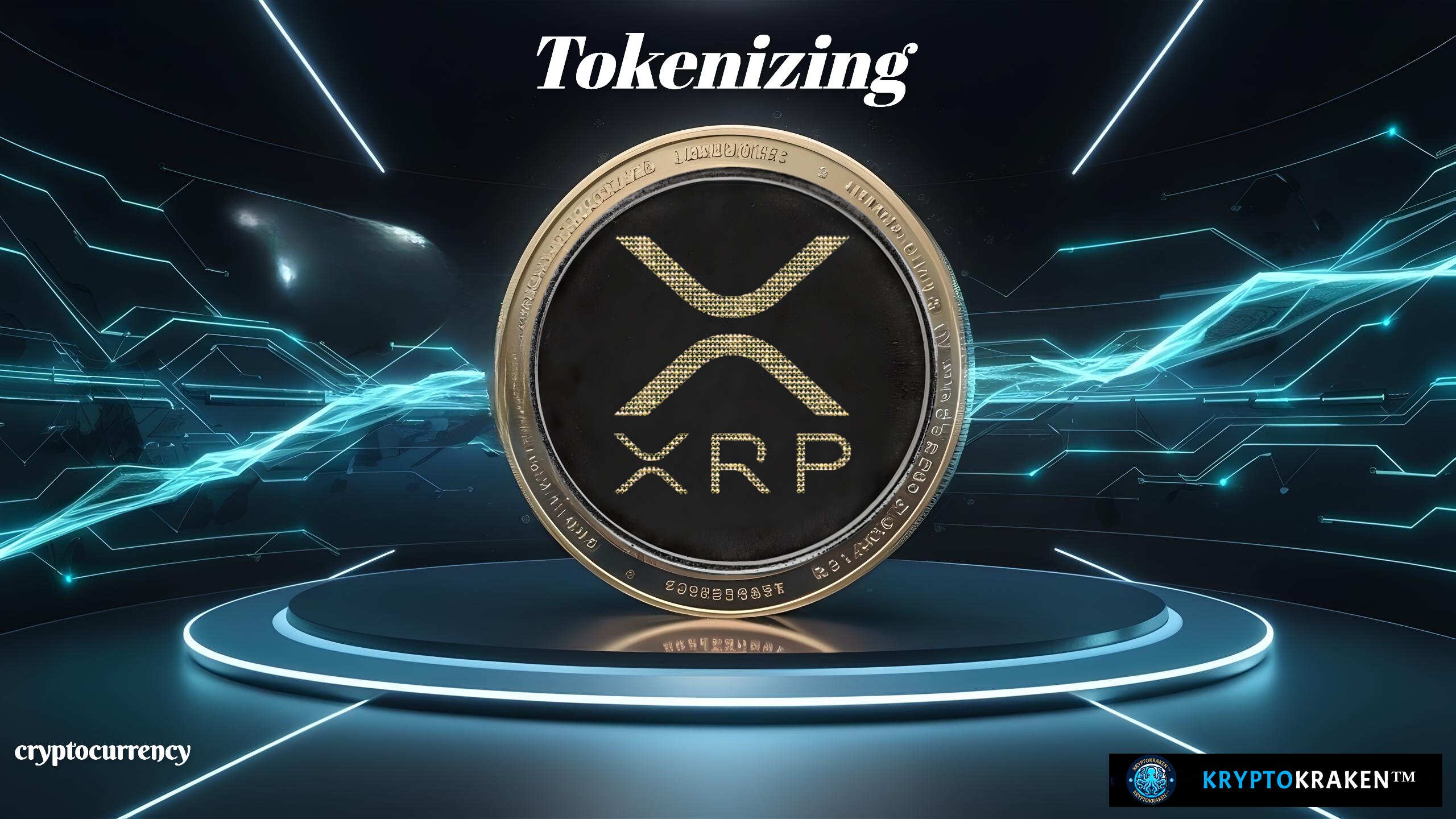
























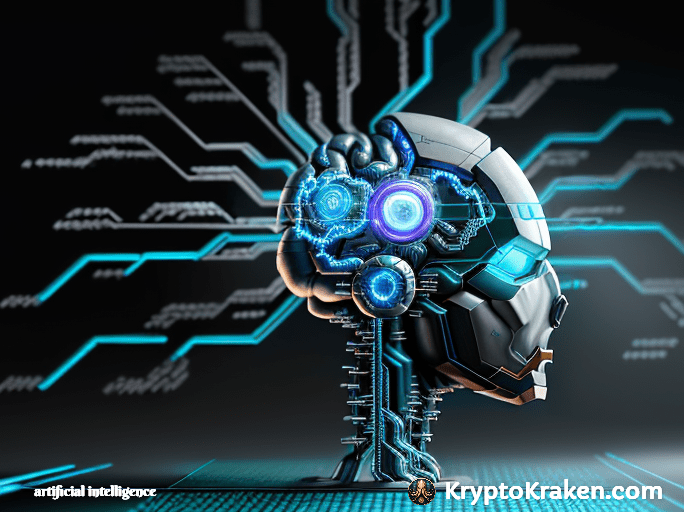


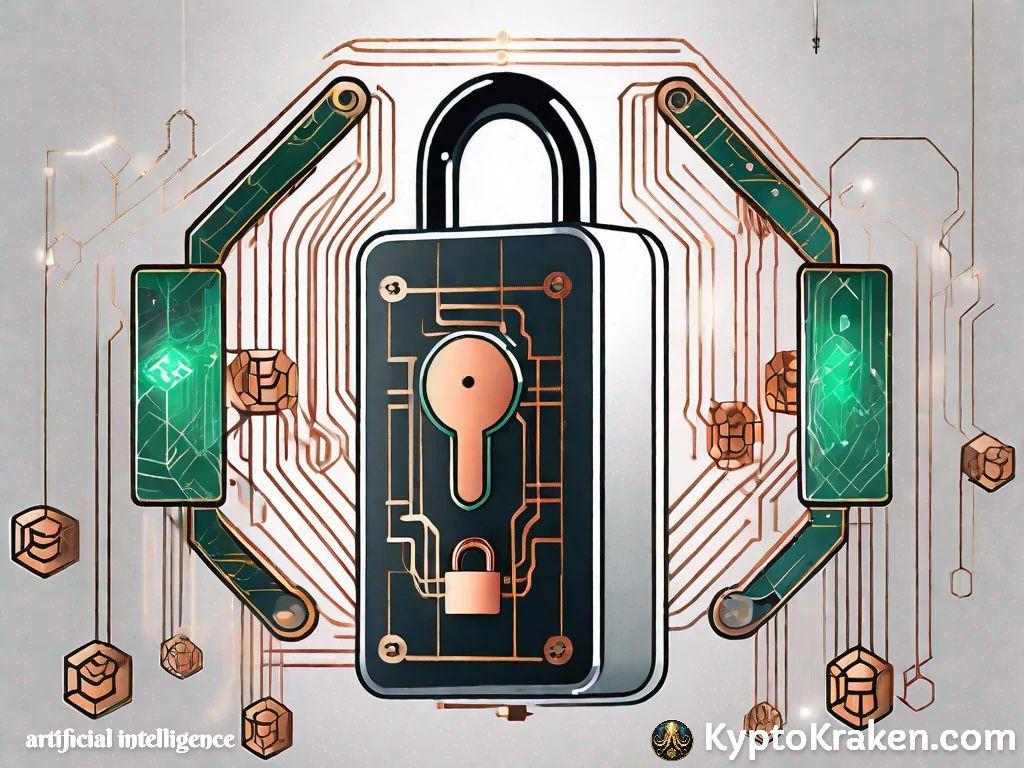





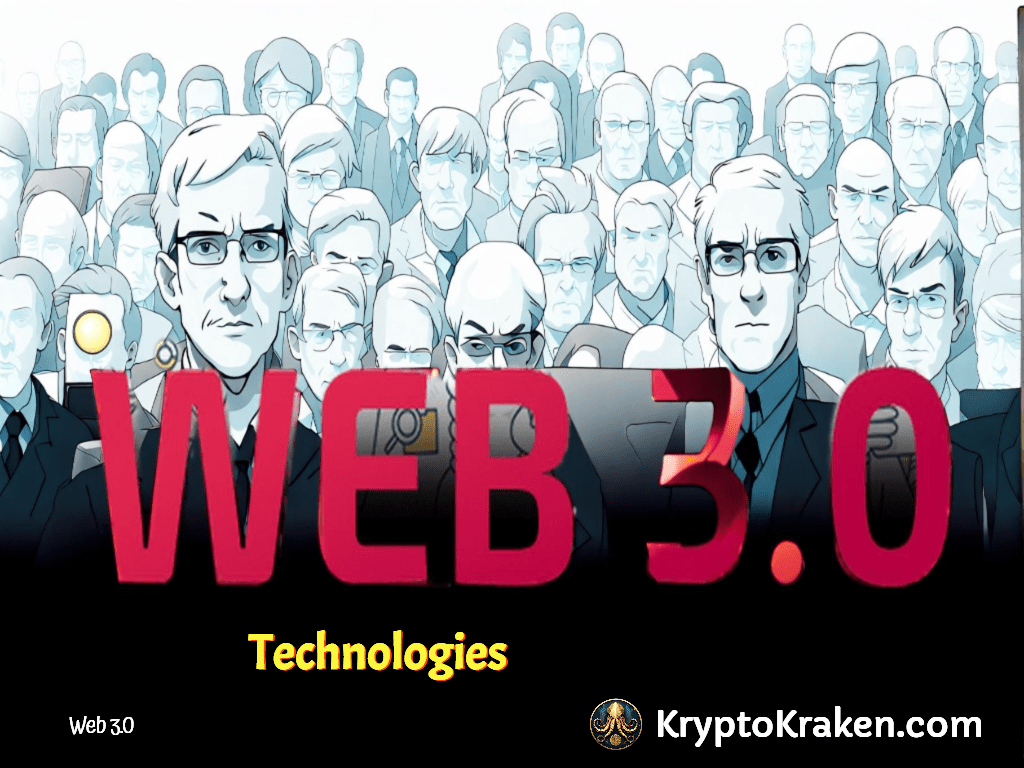















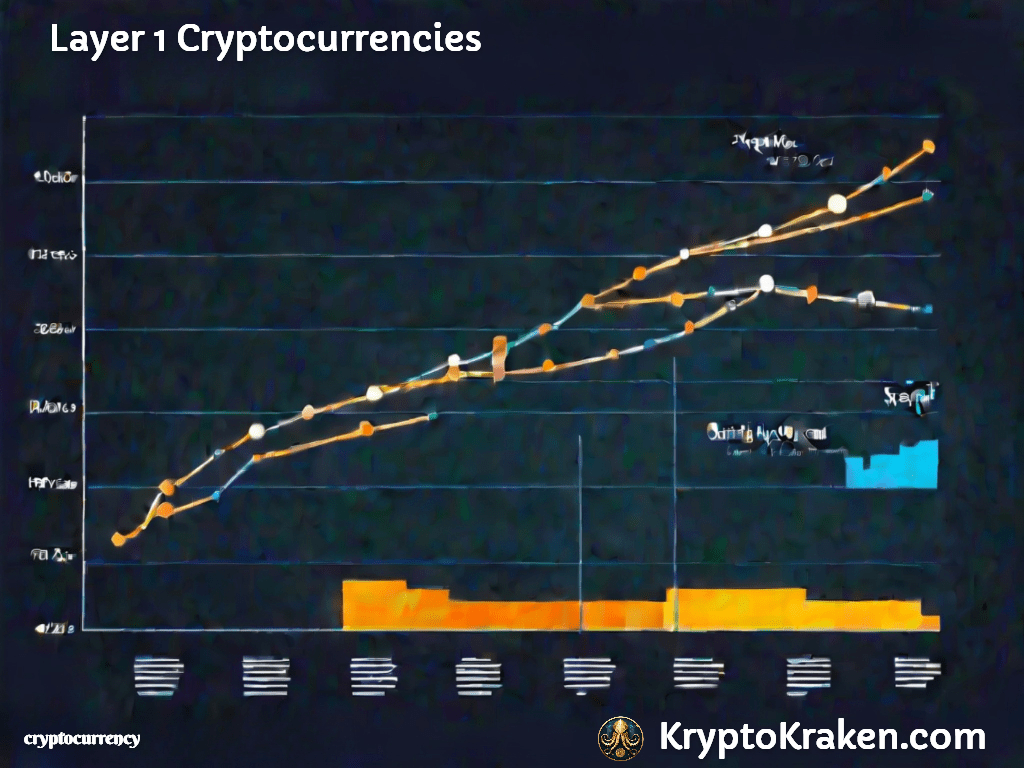




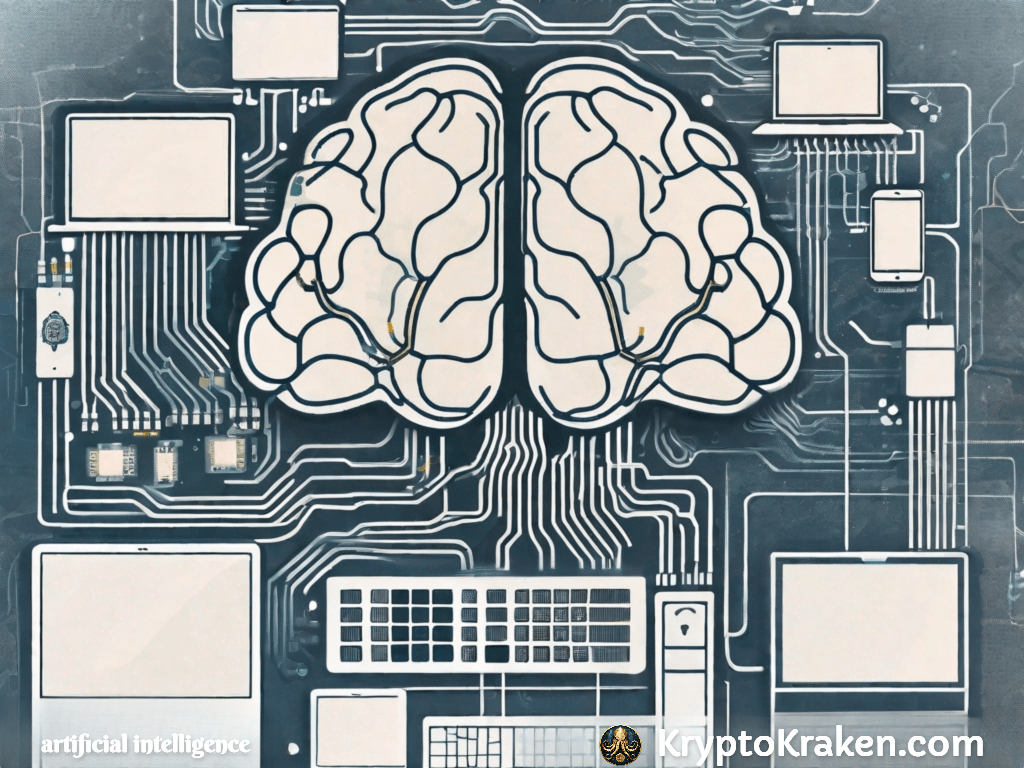

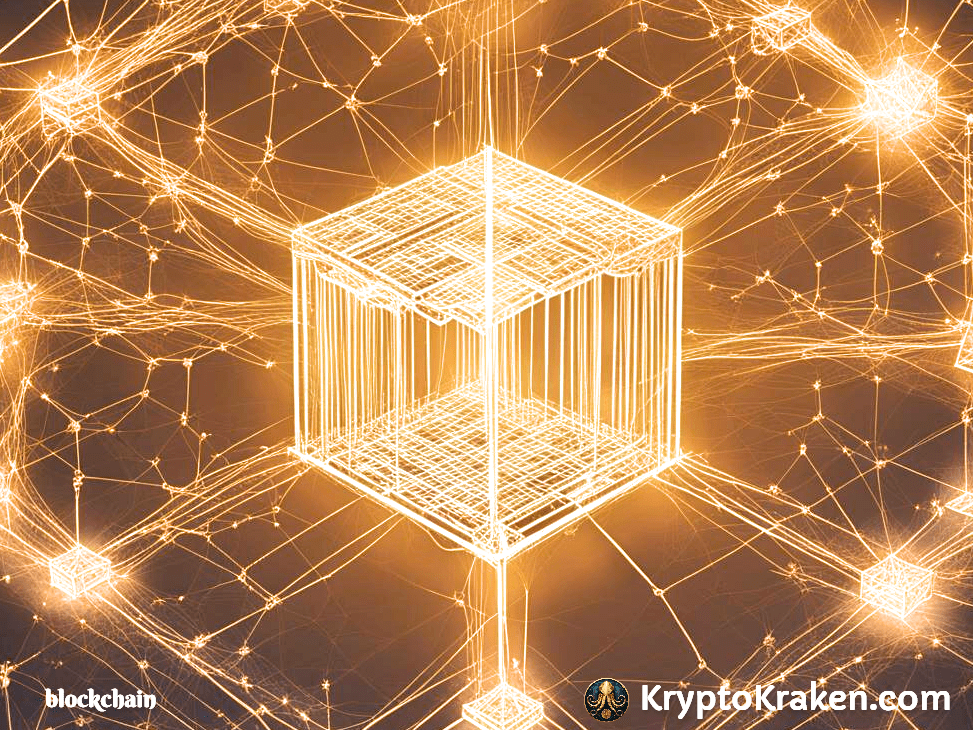

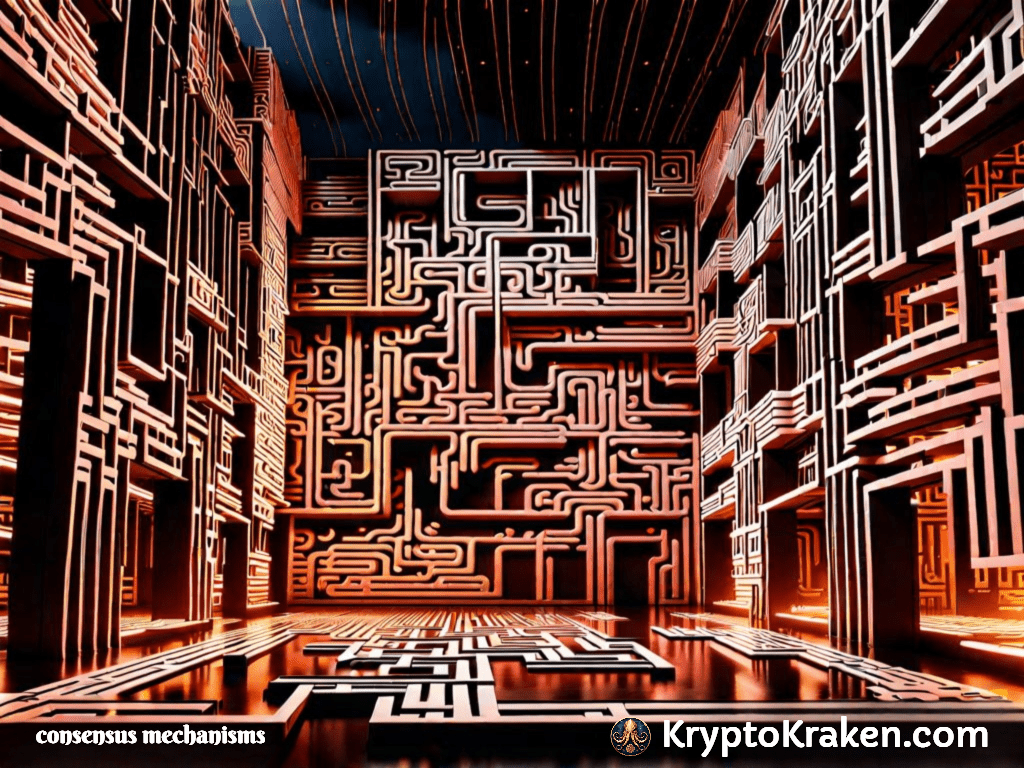









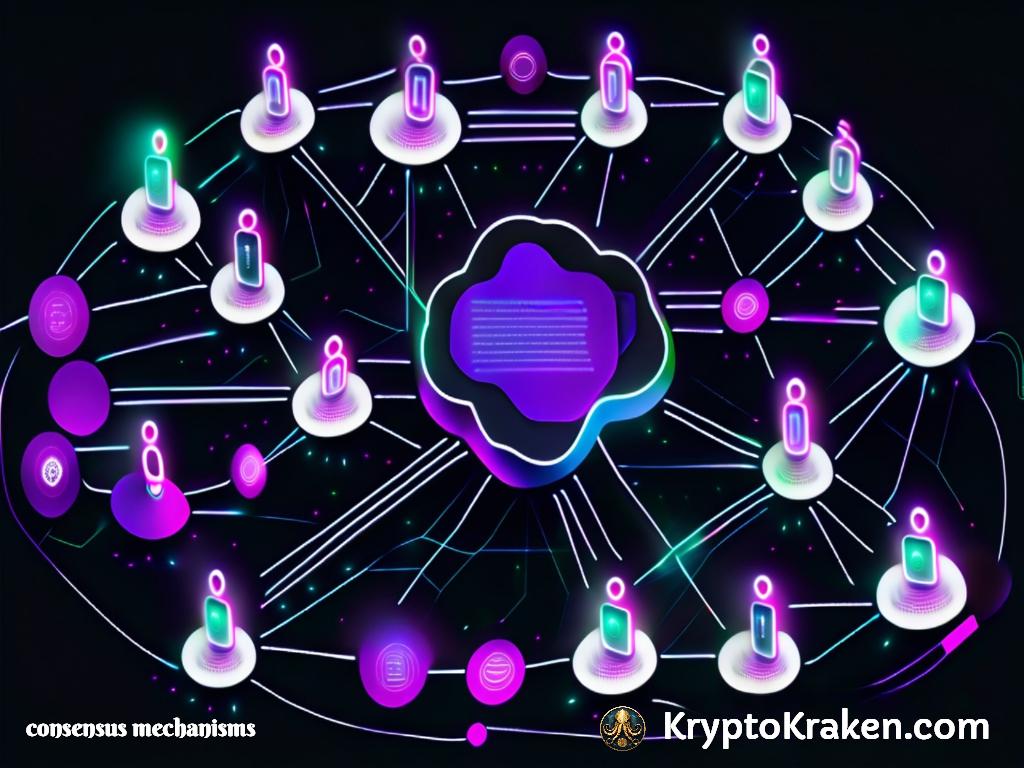

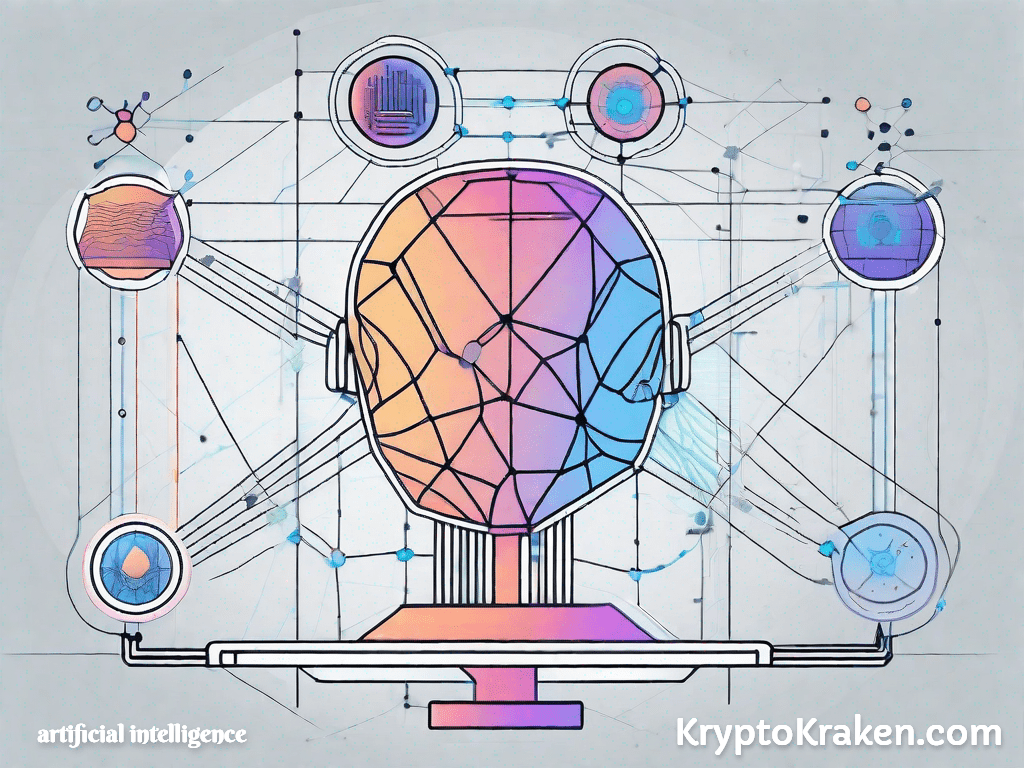
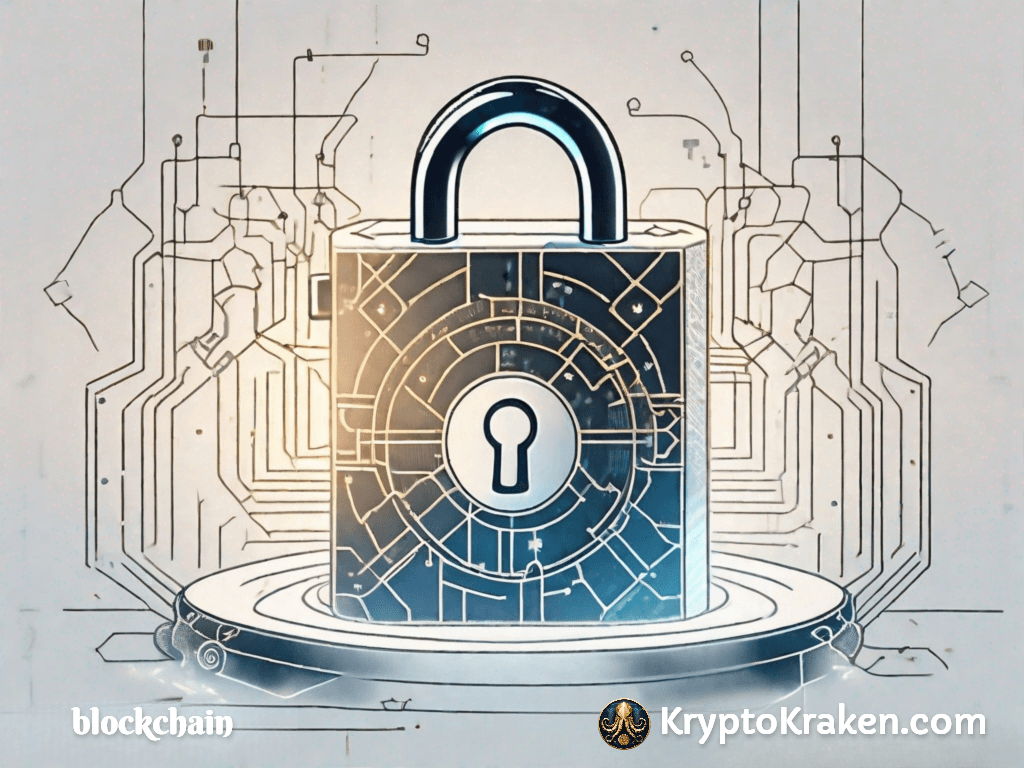



















2 comments on “Exploring the Different Types of Consensus Mechanisms in Blockchain”